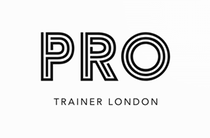CALISTHENIC EXERCISES
Calisthenics is a form of exercise that utilizes bodyweight movements to build strength, flexibility, and endurance. It's a highly effective and versatile training method that requires minimal equipment, making it accessible to people of all fitness levels and backgrounds.
Calisthenics exercises can include a wide range of movements such as push-ups, pull-ups, dips, squats, lunges, planks, and various dynamic movements like jumping jacks and burpees. These exercises target multiple muscle groups simultaneously, providing a full-body workout that improves overall fitness and functional strength.
One of the key principles of calisthenics is using the resistance of your own body weight to challenge your muscles and stimulate growth. As you progress, you can adjust the intensity of the exercises by changing the leverage, range of motion, or speed of movement.
Calisthenics training offers numerous benefits, including:
Calisthenics exercises can include a wide range of movements such as push-ups, pull-ups, dips, squats, lunges, planks, and various dynamic movements like jumping jacks and burpees. These exercises target multiple muscle groups simultaneously, providing a full-body workout that improves overall fitness and functional strength.
One of the key principles of calisthenics is using the resistance of your own body weight to challenge your muscles and stimulate growth. As you progress, you can adjust the intensity of the exercises by changing the leverage, range of motion, or speed of movement.
Calisthenics training offers numerous benefits, including:
- Strength Building: Calisthenics exercises help build muscular strength and endurance, leading to improved muscle tone and definition.
- Flexibility and Mobility: Many calisthenics movements require a full range of motion, helping to improve flexibility, joint mobility, and overall movement quality.
- Functional Fitness: Calisthenics focuses on compound movements that mimic real-life activities, making it an effective way to improve functional fitness and everyday performance.
- Minimal Equipment: Calisthenics requires little to no equipment, making it a convenient and cost-effective way to work out anytime, anywhere.
- Scalability: Calisthenics exercises can be easily modified to accommodate different fitness levels, allowing beginners and advanced practitioners to tailor their workouts accordingly.
- Versatility: With hundreds of different exercises and variations, calisthenics offers endless possibilities for creativity and progression in your training routine.
The TEN BEST CALISTHENIC EXERCISES TO TRY
Here are ten of the best calisthenics exercises that target different muscle groups and provide a full-body workout:
- Push-Ups: A classic exercise that targets the chest, shoulders, and triceps while also engaging the core and lower body for stability. Variations include wide grip, narrow grip, decline, and diamond push-ups.
- Pull-Ups/Chin-Ups: Excellent for building upper body strength, particularly in the back, biceps, and forearms. Pull-ups involve an overhand grip, while chin-ups use an underhand grip. Variations include wide grip, narrow grip, and assisted pull-ups.
- Bodyweight Squats: A foundational lower body exercise that targets the quadriceps, hamstrings, glutes, and calves. Focus on proper form, including keeping your chest up, knees tracking over your toes, and maintaining a neutral spine.
- Dips: Great for targeting the triceps, chest, and shoulders, dips can be performed on parallel bars, a dip station, or even using two sturdy chairs. Keep your elbows close to your body and lower yourself until your elbows are at a 90-degree angle.
- Lunges: This unilateral exercise targets the quadriceps, hamstrings, glutes, and calves while also engaging the core for stability. Alternate between forward lunges, reverse lunges, and lateral lunges to target different muscle groups.
- Plank: An effective core-strengthening exercise that also engages the shoulders, chest, and glutes. Maintain a straight line from your head to your heels, engage your core muscles, and hold the position for as long as possible.
- Hanging Leg Raises: A challenging core exercise that targets the abdominals and hip flexors. Hang from a pull-up bar with an overhand grip and raise your legs until they are parallel to the ground, then lower them back down with control.
- Bicycle Crunches: Another effective core exercise that targets the rectus abdominis and obliques. Lie on your back with your hands behind your head, bring your knees towards your chest, and alternate between touching your elbow to the opposite knee in a cycling motion.
- Handstand Push-Ups: Advanced variation of the push-up that targets the shoulders, triceps, and upper chest while also engaging the core for stability. Start in a handstand position against a wall or with the assistance of a partner, then lower yourself until your head touches the ground and push back up.
- Burpees: A full-body exercise that combines strength, cardio, and plyometrics. Start in a standing position, drop into a squat, kick your legs back into a push-up position, perform a push-up, jump your feet back to the squat position, and explosively jump up with your arms raised overhead.
WHAT'S DIFFERENCE BETWEEN CALISTHENICS AND PLYOMETRICS?
Calisthenics and plyometrics are both forms of exercise that utilize bodyweight movements, but they differ in their focus and training methods:
CALISTHENICS
- Calisthenics primarily focuses on using bodyweight exercises to build strength, flexibility, and endurance.
- Calisthenics exercises often involve controlled, rhythmic movements that target specific muscle groups and emphasize proper form and technique.
- Examples of calisthenics exercises include push-ups, pull-ups, squats, lunges, dips, and planks.
- Calisthenics workouts can be tailored to accommodate different fitness levels and goals, making them accessible to beginners and advanced athletes alike.
- Calisthenics training is often used for general fitness, bodyweight strength training, and functional movement patterns.
PLYOMETRICS
- Plyometrics, also known as "jump training" or "plyos," focuses on explosive, high-intensity movements that improve power, speed, and agility.
- Plyometric exercises involve rapid stretching and contracting of muscles, known as the "stretch-shortening cycle," to generate maximum force in a short amount of time.
- Examples of plyometric exercises include box jumps, depth jumps, squat jumps, bounding, and plyometric push-ups.
- Plyometric training is often used to enhance athletic performance in sports that require explosive power and quick movements, such as basketball, volleyball, and sprinting.
- Plyometrics workouts typically involve shorter, more intense bursts of activity followed by rest periods to allow for recovery.
In summary, while both calisthenics and plyometrics are bodyweight-based forms of exercise, they differ in their focus and training methods.
Calisthenics emphasizes controlled, bodyweight movements to build strength and endurance, while Plyometrics focuses on explosive, high-intensity movements to improve power and speed.
Depending on your fitness goals and preferences, you may incorporate elements of both calisthenics and plyometrics into your workout routine for a well-rounded training program.
AND THEN THERE iS Tabata
Tabata: Tabata is a specific style of HIIT workout that follows a 20 seconds on, 10 seconds off interval format. Participants perform each exercise at maximum intensity for 20 seconds, followed by 10 seconds of rest, repeated for a total of four minutes per exercise. Tabata workouts are known for their intensity and efficiency.
The Ultimate Calisthenics Collection: The Gym-Less Workout & Use It, or Lose ItDo you want to achieve the body you have always wanted without going to the gym? One that looks and feels the way you have always aimed for? With only 18 percent of gym members going regularly, chances are you do!
No gym wants you to know this, but you can get an amazingly toned body all from the comfort of your home. There is a simple training style that is gaining new found popularity, and all by using only your bodyweight. |
HYROX TRAINING EQUIPMENT AVAILABLE ONLINE
Our featured Hyrox training equipment to get you training like a pro in London.
Sort out your fitness regime and get the best tools to do the business in London.
LOW IMPACT PRO TRAINING RECOMMENDATIONS
Here are three low impact training exercises and regimes that we would recommend for anybody seeking a healthly lifestyle in London.
FITNESS GEAR FOR LESS
WALKINGGoing for a walk or even better a brisk walk, in your local London neighbourhood will help you to burn calories, keep fit and also the fresh air will help with a positive mental attitude.
|
SWIMMINGSwimming in London is a great all round physical activity and will help with stretching, muscle forming and toning of all areas of the body. Swimming is a low impact on the body so is for everybody
|
CYCLINGCycling in London is a fantastic low impact way to keep fit and get out and about in London. Aswell as being a good way to help save money and jump on that green bandwagon
|
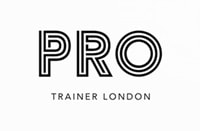

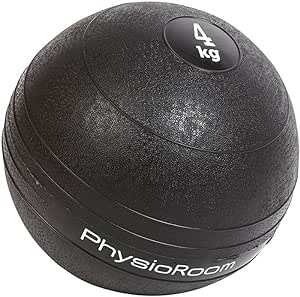
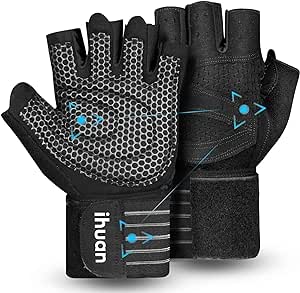
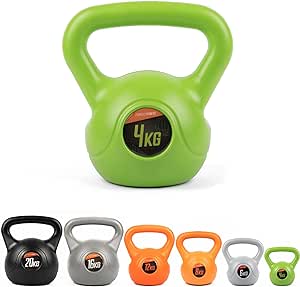



 RSS Feed
RSS Feed
